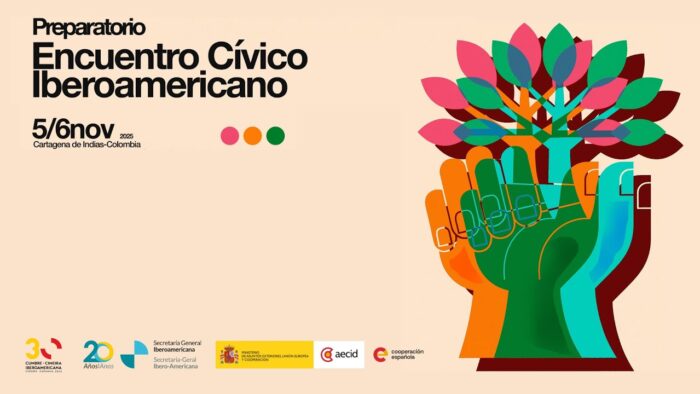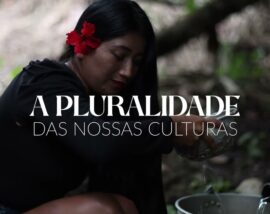Organization: Oxfam Intermón
Country: Spain
Closing date: 03 Apr 2017
Oxfam Intermón es la organización global para el desarrollo que moviliza el poder de las personas contra la pobreza. Somos una organización activista que luchamos contra la injusticia, la pobreza y las desigualdades y que trabaja sobre las causas de los problemas. CAMBIAMOS VIDAS QUE CAMBIAN VIDAS.
¿Te gustaría formar parte de la cadena del cambio?
Bajo la responsabilidad del Responsable Financiero Regional, el/la Técnico/a de Control Analítico y Financiero realiza un apoyo a país (y región en caso de proyectos regionales) en los procesos de planificación anual y plurianual de recursos, el control de gestión, la administración y finanzas, el registro de la información económico y financiera y apoya en la aplicación efectiva de sistemas, procedimientos, procesos y políticas financieras.
¿Cuáles serán tus funciones?
Orientar y capacitar a los/las Responsables de Administracion y Finanzas en país en la realización de su planificación plurianual y en los presupuestos de cofinanciadores, cuando se solicite su apoyo.
Apoyar a los/las Responsables de Administracion y Finanzas en país en el seguimiento y análisis financiero y presupuestario de países, proponiendo medidas correctoras a las desviaciones presupuestarias;
Supervisar en la correcta imputación analítica en SAGA y SAP para los gastos imputados en sede a países. Asegura la coherencia SAP / SAGA e informes presentados a donantes.
Formar y acompañar en la aplicación de los procedimientos administrativos y financieros, sistemas y controles de gestión, calendarios y consignas, especialmente en contexto de nuevas emergencias y/o incorporación de nuevo personal financiero, así como formar y acompañar al país en el despliegue de SAP
Integrar y ajustar la información económica y contable de SAGA, especialmente en el proceso de cierres contables mensuales en países.
¿Qué estamos buscando?
Formación universitaria de grado medio o superior en empresariales, económicas, ADE. Formación en cooperación para el desarrollo y acción humanitaria;
Al menos 1 año de experiencia en puestos similares. Indispensable experiencia en departamentos financieros en organizaciones del ámbito de cooperación Internacional;
Experiencia de 2 años en países y en gestión de cofinanciaciones complejas (consorcios, convenios, etc.) Experiencia en la gestión de contabilidades en países del sur;
Conocimiento y experiencia en el uso de SAGA y SAP;
Idiomas: Francés y Español nivel alto imprescindible e Inglés nivel alto como idiomas habituales de trabajo
Disponibilidad para realizar viajes a terreno (aprox. un viaje al trimestre de 1-2 semanas)
Adaptabilidad horaria para trabajar con países latinoamericanos.
Alta identificación con nuestra misión y nuestros valores.
¿Qué te ofrecemos?
Jornada laboral completa de 40 horas semanales
Ubicación del puesto en Barcelona (Sede central)
Salario bruto anual de 27.930 Euros
Incorporación inmediata
Duración: hasta marzo 2018
How to apply:
Si estás interesado/a, por favor envía tu candidatura a: selección@oxfamintermon.org indicando el número de referencia 111/16-17
El plazo de presentación de solicitudes finalizará el próximo 03.04.2017. Oxfam Intermon se reserva el derecho de cambiar esta fecha si se considera necesario.
Solo contactaremos con las candidaturas preseleccionadas.
Oxfam Intermón está comprometido con el principio de igualdad, diversidad e inclusión.


